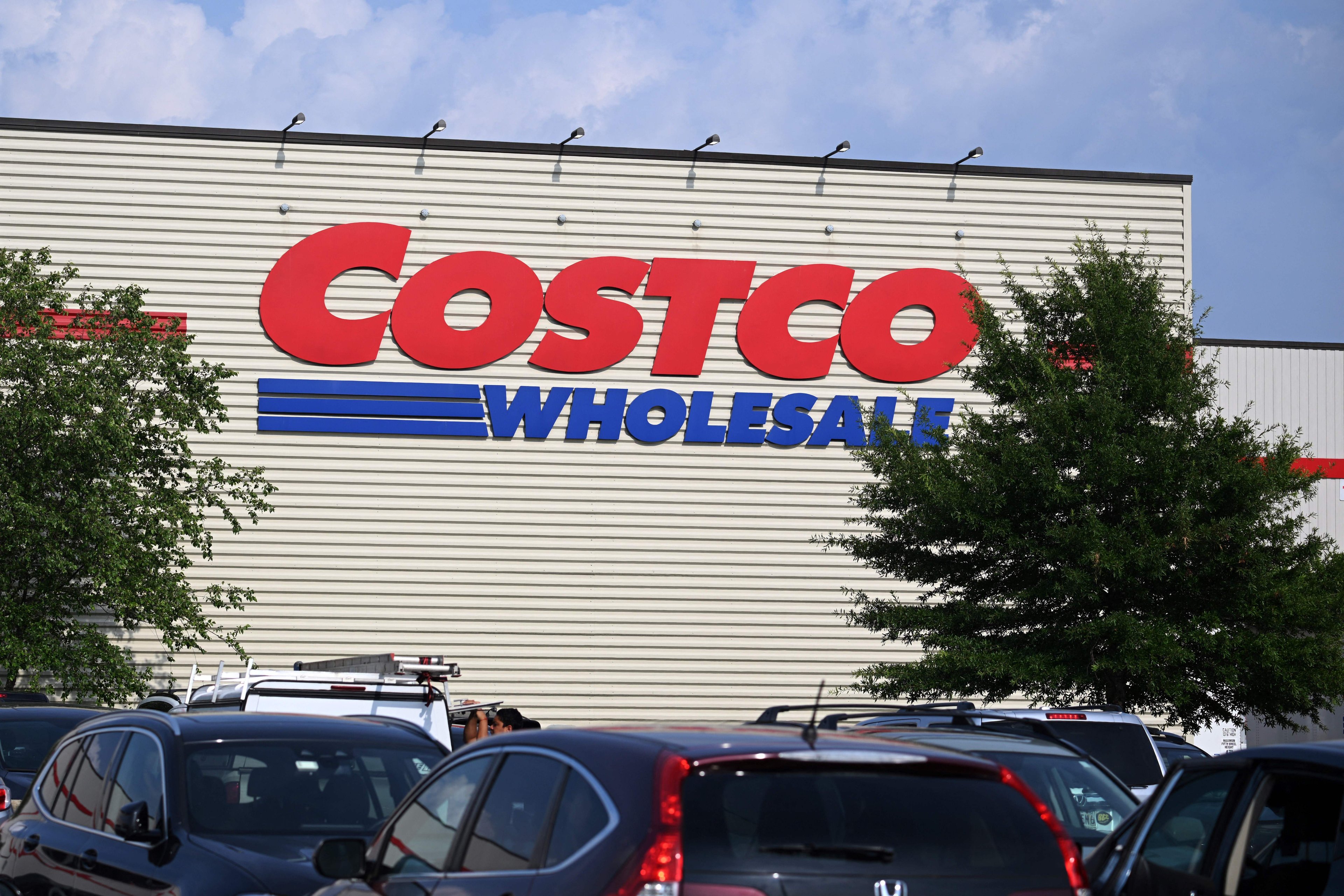When it comes to successful global retail businesses, there's Costco (COST +0.26%), and then there's everybody else. The warehouse giant's latest quarterly earnings report was packed with impressive metrics that touched all the important aspects of the operations.
Let's take a look at a few of the bulk shopping specialist's numbers that set it apart from the pack in its fiscal second quarter.

Image source: Getty Images.
5.7%: Sales growth
Comparable-store sales jumped 5.7% in the core U.S. market after accounting for shifting gas prices and foreign exchange rate moves. That result trounced chief rival Walmart (WMT +0.21%), which recently posted a 2.6% comps uptick. Target's (TGT +0.95%) comps were far behind over the holiday period, too, at 3.6%.
Costco's market share gains are even better than those gaps suggest, though, because a quirk of the calendar moved its Black Friday sales into the first quarter of this fiscal year from the second quarter last year. Thus, it's more useful to look at broader results.
Comps over the past two quarters are up 7.1% in the U.S. market and by 6.6% overall, or about double the pace that Walmart and Target have managed.
3%: Operating margin
Profitability improved to 3% of sales from 2.9% in the year-ago quarter while Costco's major rivals all took steps in the opposite direction. Grocery giant Kroger (KR +2.75%) had to slash prices while investing heavily in its digital sales channel to generate just modestly positive sales growth. Likewise, Target told investors to expect a third straight year of declining profitability in 2018.
Costco's earnings are bucking the broader industry trends thanks to the increased membership income that's coming from higher subscription fees and a steadily rising base of loyal shoppers.
11%: Gross margin
Costco's gross profit margin is far below its peers, meaning the company makes essentially no money from its merchandise sales. That strategy delivers steadier profits that flow from subscription fees instead.
Data source: COST Gross Profit Margin (TTM) by YCharts.
It also generates market-thumping customer traffic, which was up 4% for Costco in the quarter compared to a 3% increase for Target and a 1.6% boost for Walmart.
90.1%: Renewal rate
The higher membership prices had no negative impact on subscriber growth. In fact, Costco's renewal rate ticked up to 90.1% from the 90% it had been stuck at for the past two quarters.
Management had been predicting that renewal rates would start climbing back toward its record 91% result as the retailer added more distance from its disruptive credit card switchover. That rebound didn't materialize last quarter, but it finally showed up in the latest results. "I'm happy to see what we expected came true there and we're seeing a slight improvement now," CFO Richard Galanti told investors in a conference call.
23: Warehouse openings
Costco added just one store to its sales base in the quarter, but management says they're on track to launch 23 new locations during the full fiscal year even as Walmart shuts down dozens of its Sam's Club stores.
That aggressive growth pace isn't much of a slowdown from the prior year's 26-store increase and it shows that Costco still sees plenty of room to expand its physical presence around the world.
New stores provide an immediate boost to membership income, yet their real payoff comes down the line as they mature. Costco warehouses launched last year, for example, averaged $121 million of annual sales while those open for at least a decade weighed in at $178 million.
Altogether, these numbers help explain why investors are happy to pay a premium for Costco stock that reflects its unique position at the top of the retail industry.







